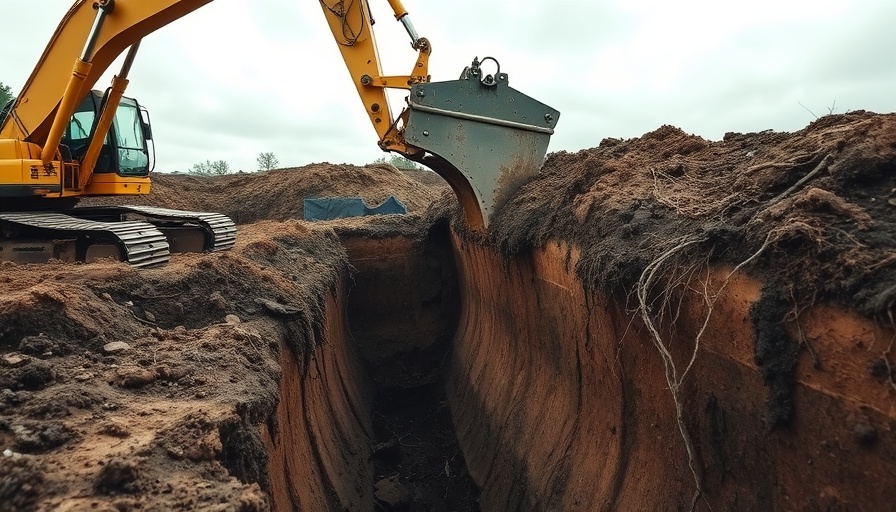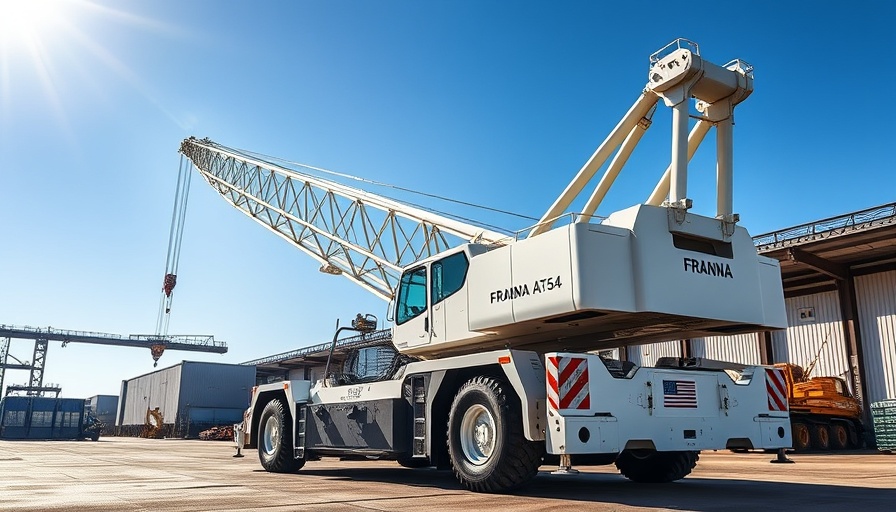
Tragic Consequences of Negligence: A Closer Look
A tragic incident in Austin, Texas, has shed light on the critical importance of workplace safety in the construction industry. In October 2021, a young worker named Juan José Galvan Batalla lost his life due to a trench collapse that had already shown clear signs of instability. Despite a previous cave-in earlier that day, he was ordered back into the treacherous 13-foot trench for a sewer installation. This heartbreaking incident led to the guilty plea of D Guerra Construction LLC, which pleaded guilty to assault causing bodily injury.
The Legal Repercussions and Corporate Accountability
The plea agreement reached between D Guerra Construction and the Travis County District Attorney's Office outlines significant repercussions to ensure compliance with safety standards. With mandatory safety training for employees, the implementation of an anonymous reporting system, and oversight from an independent safety monitor, this agreement sets a precedent for accountability in the construction sector. It’s noteworthy that it marks the first time in over three decades that a corporation has acknowledged responsibility for a worker's death in Travis County, signaling a potential shift toward heightened corporate accountability in workplaces.
Understanding OSHA's Role in Workplace Safety
The Occupational Safety and Health Administration (OSHA) plays a crucial role in protecting workers from unsafe working conditions. Following the incident, OSHA cited D Guerra Construction for multiple violations, highlighting the absence of essential cave-in protection measures. Companies must prioritize safety not only to avoid legal penalties but also to protect their workforce. In a field as dangerous as construction, these violations carry life-or-death consequences.
Industry Insights: The Importance of Safety Training
This tragic incident emphasizes the need for robust safety training and adherence to safety regulations in the construction industry. The requirement for D Guerra to implement training programs for all employees is a proactive measure that could serve as a model for other companies in the sector. Training should encompass not just the technical aspects of construction but also instill a culture of safety where workers feel empowered to speak up about unsafe conditions.
Community Responsibility and Future Trends
The construction industry is at a crossroads, where community responsibility and corporate accountability are intertwined. Socially conscious businesses and developers must take a stand against unsafe practices by demanding compliance with safety regulations from their contractors. By investing in safe equipment and prioritizing staff training, businesses can not only mitigate risks but also enhance their reputation in the marketplace.
Emphasizing The Human Element in Construction
As we reflect on this incident, it serves as a chilling reminder of the human costs of negligence in construction. Every worker is a person with families, dreams, and lives worth protecting. Companies must recognize that beyond regulatory compliance, ensuring the safety of every individual on the job should be a foundational value in their operations.
The plea deal reached in this case should not only facilitate healing for Mr. Galvan Batalla’s family but also catalyze much-needed changes within the industry. As future trends lean towards utilizing advanced technologies—such as Building Information Modeling (BIM)—for better project management and safety assessments, we should always prioritize the human element above cost or competitive edges.
If you are part of the construction industry, it's vital to stay updated on safety regulations and ensure your business practices reflect a commitment to protecting your workers. Taking small steps today can lead to a safer and more responsible industry tomorrow.
 Add Row
Add Row  Add
Add 




Write A Comment